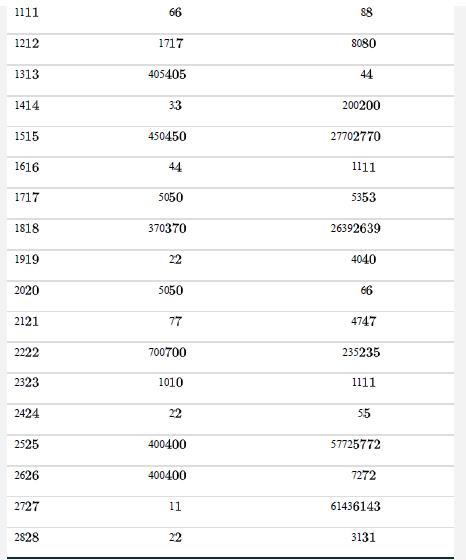Only about 6% of plant species have separate male and female individuals (a syndrome called dioecy). The
Question:
Only about 6% of plant species have separate male and female individuals (a syndrome called dioecy). The rest of the species have individuals with both male and female parts (called monoecy). Why are there so many more monoecious than dioecious species of plants? One possibility is that dioecious plants have low speciation rates or high extinction rates. To test this, Heilbuth (2000) compared the numbers of species in pairs of plant taxa of similar age. In each pair, one group was monoecious and the other group was the most closely related taxon that is dioecious. The data are shown in the following table.


a. Before testing the difference, plot the data to help you decide which test to perform.
b. Carry out an appropriate test to determine whether monoecious and dioecious groups differ in the number of species.
Step by Step Answer:

The Analysis Of Biological Data
ISBN: 9781319226237
3rd Edition
Authors: Michael C. Whitlock, Dolph Schluter





